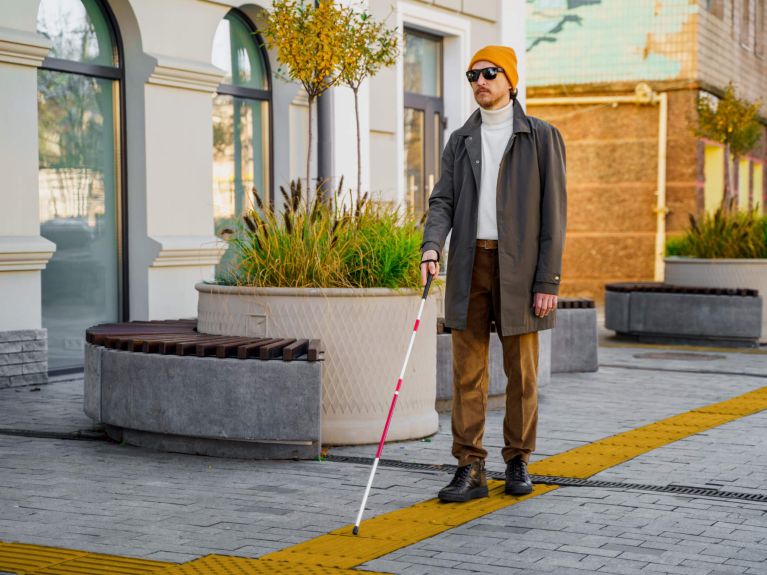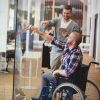Inclusion in facts and figures
How many people with a disability live in Germany? How are they supported? Facts and figures about inclusion and participation.

People with disabilities in Germany
Around 7.8 million people with a severe disability were living in Germany in 2021. That equates to 9.4 percent of the total population. Most disabilities occur in old age. 34 percent of the severely disabled were aged 75 or older. 45 percent were between 55 and 74, while fewer than 3 percent were below the age of 18. Nine out of ten severe disabilities are caused by illness; only 3 percent are congenital or occur within the first year of life. The majority of those affected, namely 58.5 percent, have a physical disability.
Supporting people with disabilities
According toArticle 3 of Germany’s constitution, its Basic Law: No person shall be disfavoured because of disability. Furthermore, Germany has ratified the UN Convention on the Rights of Persons with Disabilities (CRPD), which states that inclusion of persons with disabilities is a human right. Germany’s Federal Act on Participation is implementing the CRPD and supporting people with disabilities, for example by covering costs and providing advice. With success: The number of severely disabled persons in gainful employment is rising in Germany. 49.8 percent of severely disabled people aged between 15 and 64 were integrated into the employment market in 2021.
Barrier-free access in Germany
Inclusion means that all members of society can live a self-determined life. An important role in this is played by barrier-free access, which in Germany is legally enshrined in the country’s accessibility strengthening act (Barrierefreiheitsstärkungsgesetz). Cities, towns, facilities or buildings are considered barrier-free if they can be used and accessed by persons with disabilities. One example: tactile guidance systems have been installed in many German cities. Grooves and textured indicators on pavements and at railway stations enable independent mobility for visually impaired people with a stick.


